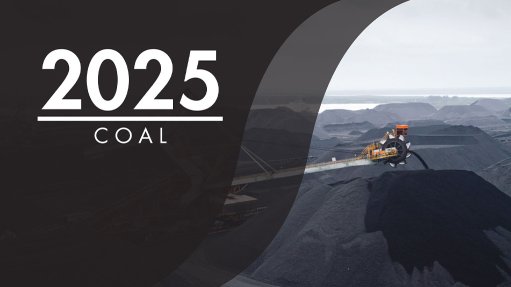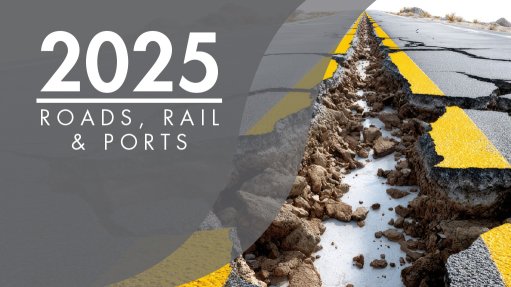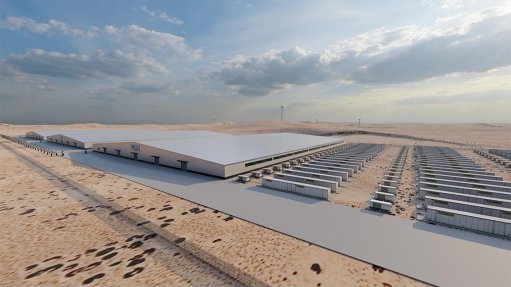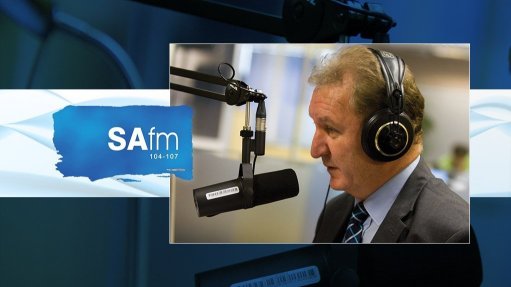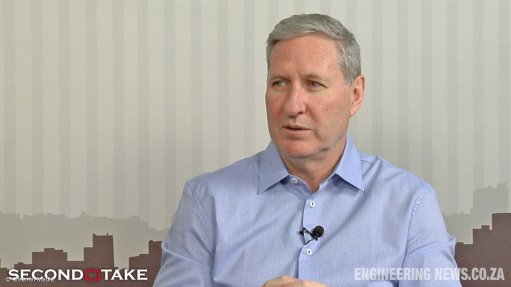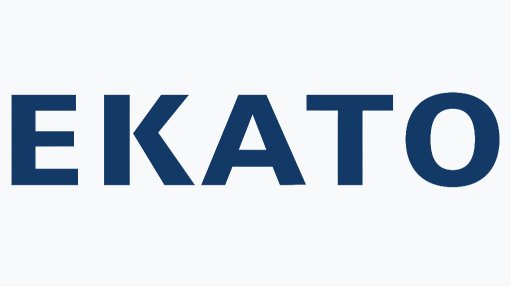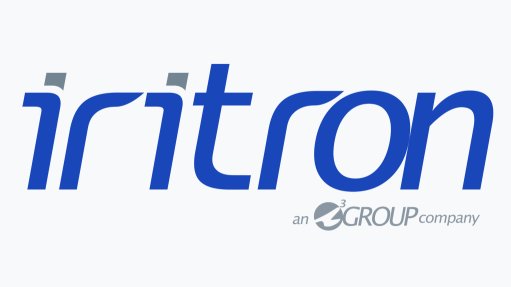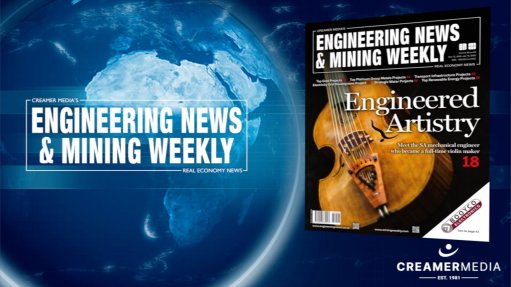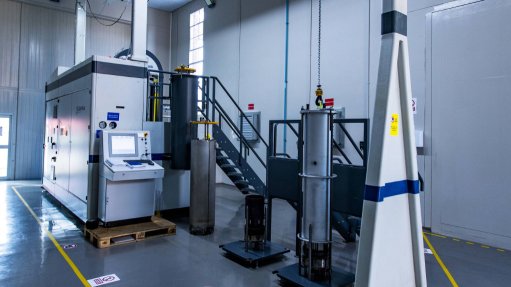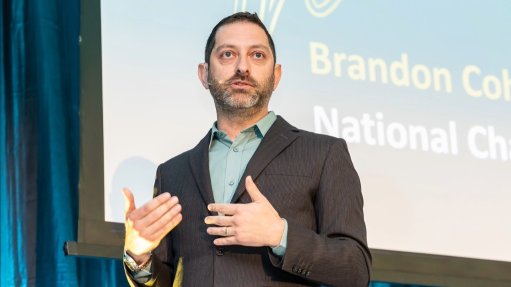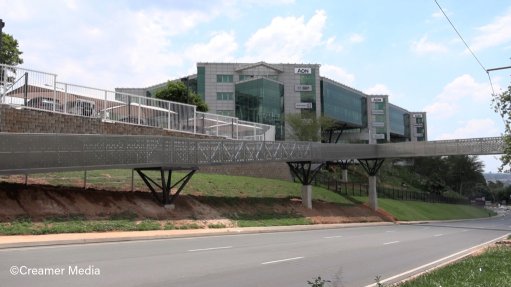Mintek tweaks liberation technique for low-grade ores

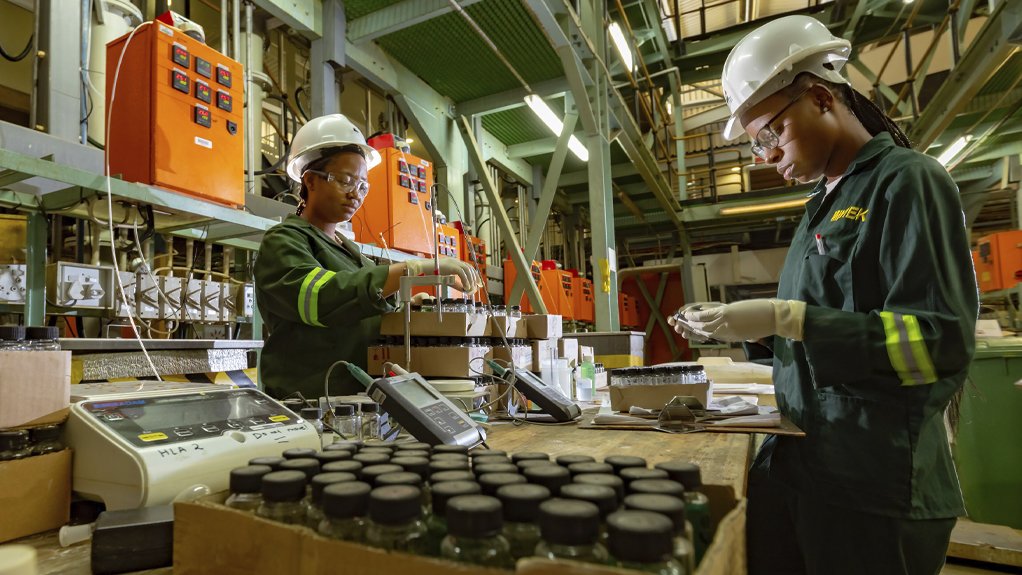
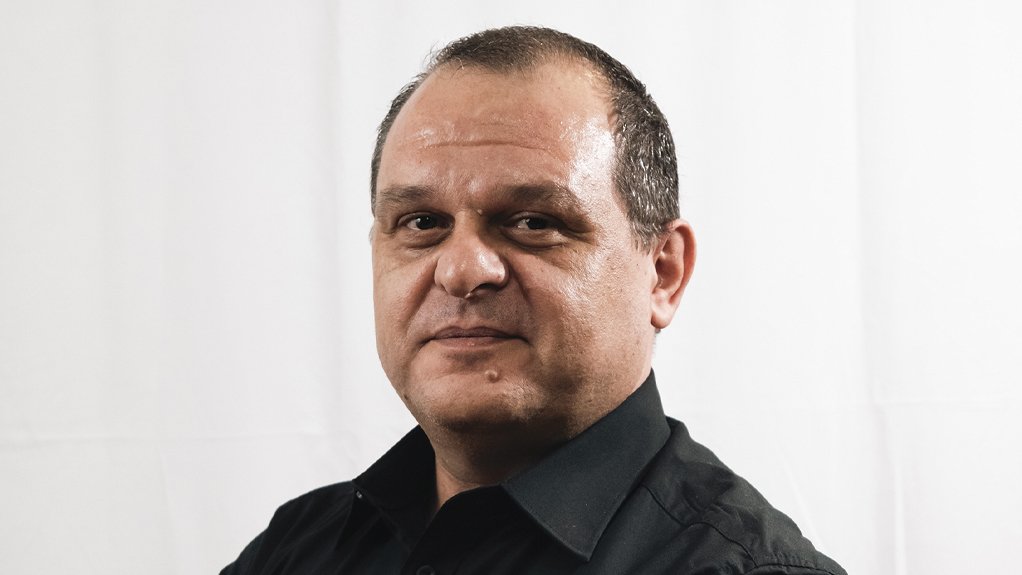
HEAP LEACH SAMPLING Scientists prepare samples in the heap leach area. Mintek is undertaking a multi-phase, multi-year project in investigating ways to improve the biological heap leaching of low grade chalcopyrite ores
THANOS KOTSIOPOULOS Declining ore grades are really a reason why bioleaching is becoming so much more relevant today
As the bulk of South Africa’s mines reach maturity, they face evolving grades of ore, often times resulting in declining ore grades and thereby necessitating newer and different methods for minerals processing to lift efficiencies and lower plant operational costs.
In the field of minerals processing technique development, Randburg-based State minerals research institution Mintek is focusing on further developing biological metallurgical processes to tackle the various and varying grades of ores mined in South Africa.
“Declining ore grades are really a reason why bioleaching is becoming so much more relevant today,” says Mintek bio-metallurgy executive manager Dr Thanos Kotsiopoulos, adding that declining ore grades are becoming cost prohibitive to process using conventional methods of milling, crushing and smelting.
Using a biological metallurgical process provides “very low energy intensity” and enables operations to be undertaken at, or close to, ambient temperatures, he adds.
Biological metallurgy was, in the past, usually considered mostly for the processing of copper sulphides and gold ores, but Mintek’s research has uncovered “a very large spectrum based on the types of organisms that we identified as a result”, Kotsiopoulos tells Mining Weekly.
In addition, biological leaching can also be undertaken by exploiting the exothermic heat that is generated through the process, thereby facilitating the maintenance of the process to get to higher rates of minerals extraction.
“It’s a very low-cost alternative. The opportunities here are kind of endless as a result of it.”
Mintek’s research into biological metallurgy is also progressing into the fields of critical raw minerals (CRMs) and rare earth elements (REEs).
“CRMs and REEs may be associated with low grade ores, which are unlocked in the initial process, sometimes as a waste stream. Bioleaching is very exciting in this space at the moment.”
Here, Mintek is helping not only South African mines and minerals processors in metallurgical technique development, but is also assisting clients in Zambia, the Democratic Republic of Congo, Botswana and Namibia, in terms of minerals amenability.
Understanding the Heap of Leaching
Mintek is currently undertaking a significant commercial campaign through a multi-phase, multi-year project in which it is investigating ways to improve the biological heap leaching of low grade chalcopyrite ores – a notoriously difficult sulphide mineral to bioleach.
In this vein, the company’s scientists and engineers are looking at ways to maximise the heat distribution within the heap bed and maintain heat within that region so as to enhance extraction rates.
In this phase of minerals extraction from ores, Kotsiopoulos says Mintek devotes a lot of focus to maintaining and adapting the microorganisms – including mesophiles, moderate thermophiles and thermophiles – involved with biological leaching.
Mesophiles are associated with temperature ranges of between 30 ºC and 37 ºC, while moderate thermophiles can get to work in processes with heat ranges of between 42 ºC and about 55 ºC. Thermophiles can operate in temperature ranges of between 50 ºC and 60 ºC, but can also extend to as high as 80 ºC.
In its bioleaching research and development (R&D), he says Mintek maintains a lot of the associated cultures in different environments to make them adapt and to test their thresholds.
“As organisms and human beings, we adapt to different environments, and we are less performant in very harsh conditions. In terms of microorganisms, some microorganisms can be very sensitive to high metal concentrations.
“At Mintek, we adapt these microorganisms and grow them in these harsh environments, so they become very adaptive . . . we are tailoring the microorganisms relative to the type of metal that we are extracting and therefore making them more resilient and therefore more robust.”
Here, Mintek employs tank bioleaching, the work of which is mostly focused on the bioleaching of sulphide mineral concentrates and for cultivating the inoculum.
“A lot of the focus in our R&D work is initially done in tanks because this can be done in a very controlled manner, allowing you to determine how fast the metal of interest can be extracted.”
“There’s a lot of new and innovative ways of designing the heap.”
Kotsiopoulos points out that through heap leaching, the hydrodynamics and microbial dynamics become very important, leading Mintek to develop new patented technologies, including the “exciting” MinBind solution, which works by creating a scaffold for minerals that are not necessarily amenable to heap leaching.
“With MinBind, Mintek has created a scaffold which allows the particles to be more uniformly distributed within the heap and also use smaller particles, thereby enabling the mineral to be disseminated through the bed of the heap without impeding the hydrodynamics of the process,” he explains.
Article Enquiry
Email Article
Save Article
Feedback
To advertise email advertising@creamermedia.co.za or click here
Comments
Announcements
What's On
Subscribe to improve your user experience...
Option 1 (equivalent of R125 a month):
Receive a weekly copy of Creamer Media's Engineering News & Mining Weekly magazine
(print copy for those in South Africa and e-magazine for those outside of South Africa)
Receive daily email newsletters
Access to full search results
Access archive of magazine back copies
Access to Projects in Progress
Access to ONE Research Report of your choice in PDF format
Option 2 (equivalent of R375 a month):
All benefits from Option 1
PLUS
Access to Creamer Media's Research Channel Africa for ALL Research Reports, in PDF format, on various industrial and mining sectors
including Electricity; Water; Energy Transition; Hydrogen; Roads, Rail and Ports; Coal; Gold; Platinum; Battery Metals; etc.
Already a subscriber?
Forgotten your password?
Receive weekly copy of Creamer Media's Engineering News & Mining Weekly magazine (print copy for those in South Africa and e-magazine for those outside of South Africa)
➕
Recieve daily email newsletters
➕
Access to full search results
➕
Access archive of magazine back copies
➕
Access to Projects in Progress
➕
Access to ONE Research Report of your choice in PDF format
RESEARCH CHANNEL AFRICA
R4500 (equivalent of R375 a month)
SUBSCRIBEAll benefits from Option 1
➕
Access to Creamer Media's Research Channel Africa for ALL Research Reports on various industrial and mining sectors, in PDF format, including on:
Electricity
➕
Water
➕
Energy Transition
➕
Hydrogen
➕
Roads, Rail and Ports
➕
Coal
➕
Gold
➕
Platinum
➕
Battery Metals
➕
etc.
Receive all benefits from Option 1 or Option 2 delivered to numerous people at your company
➕
Multiple User names and Passwords for simultaneous log-ins
➕
Intranet integration access to all in your organisation






